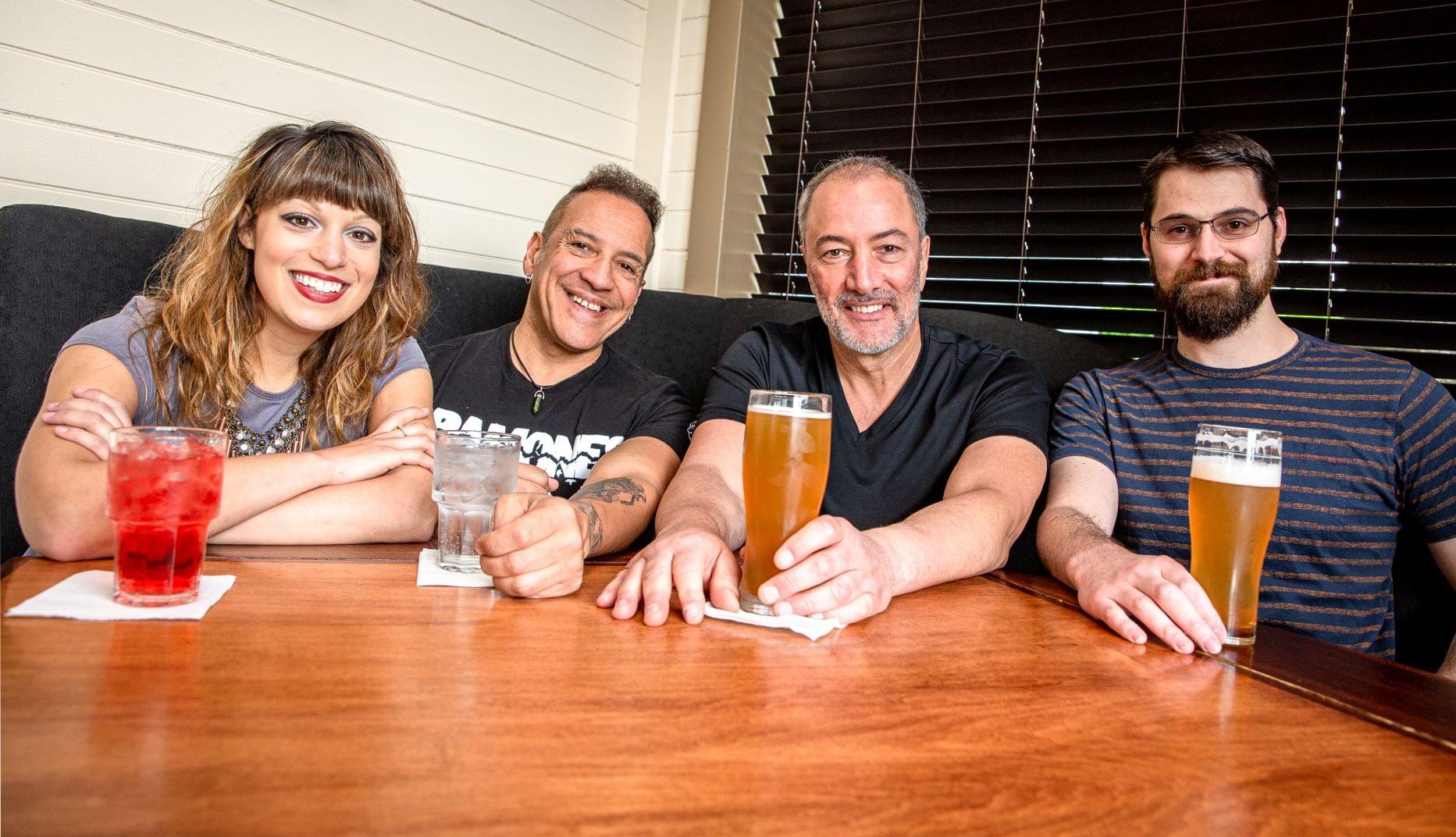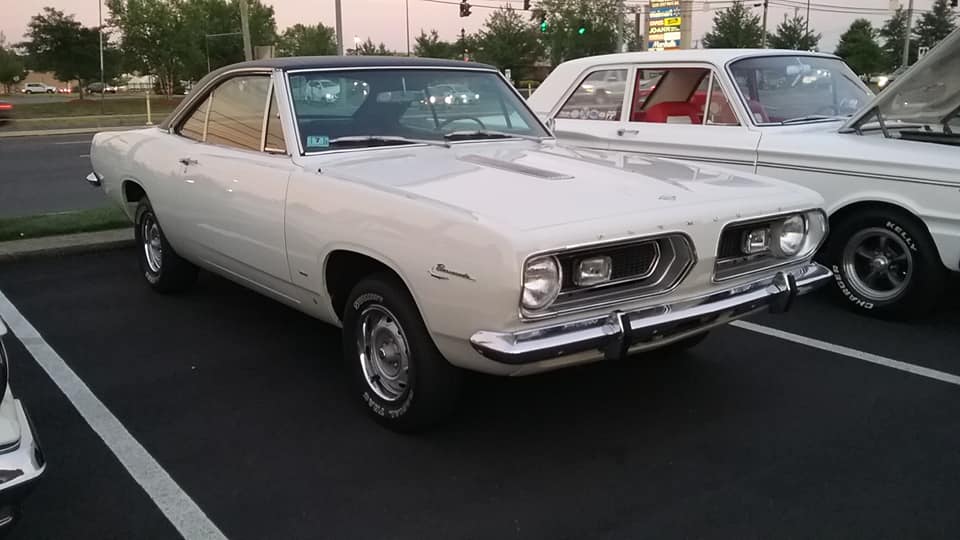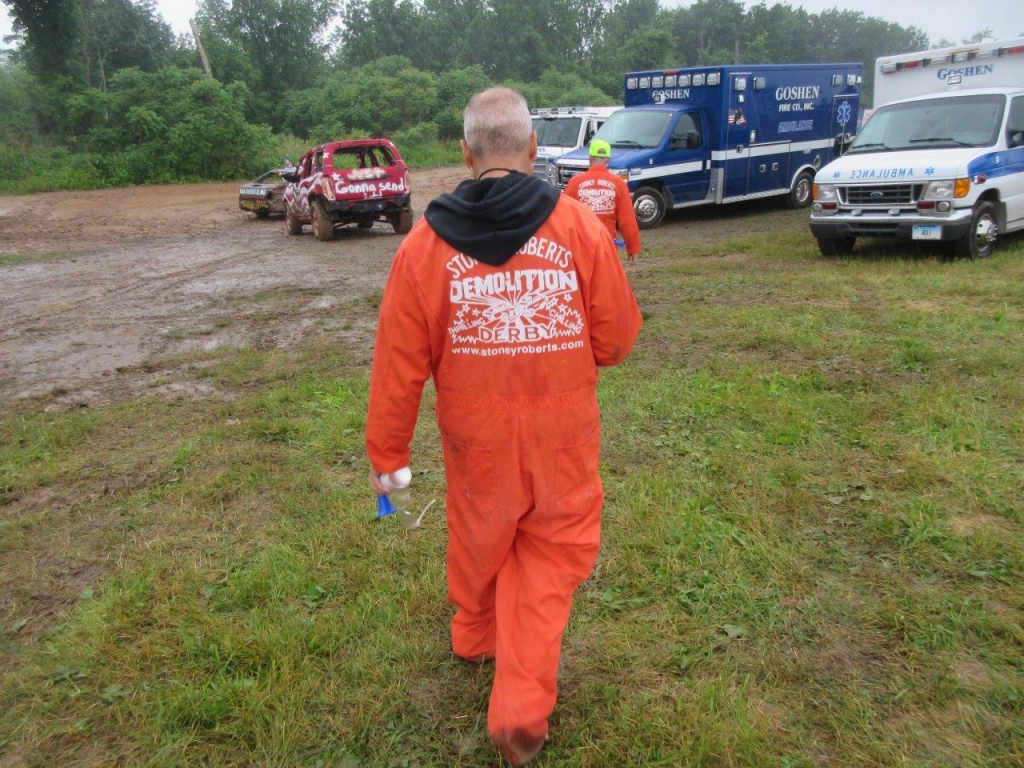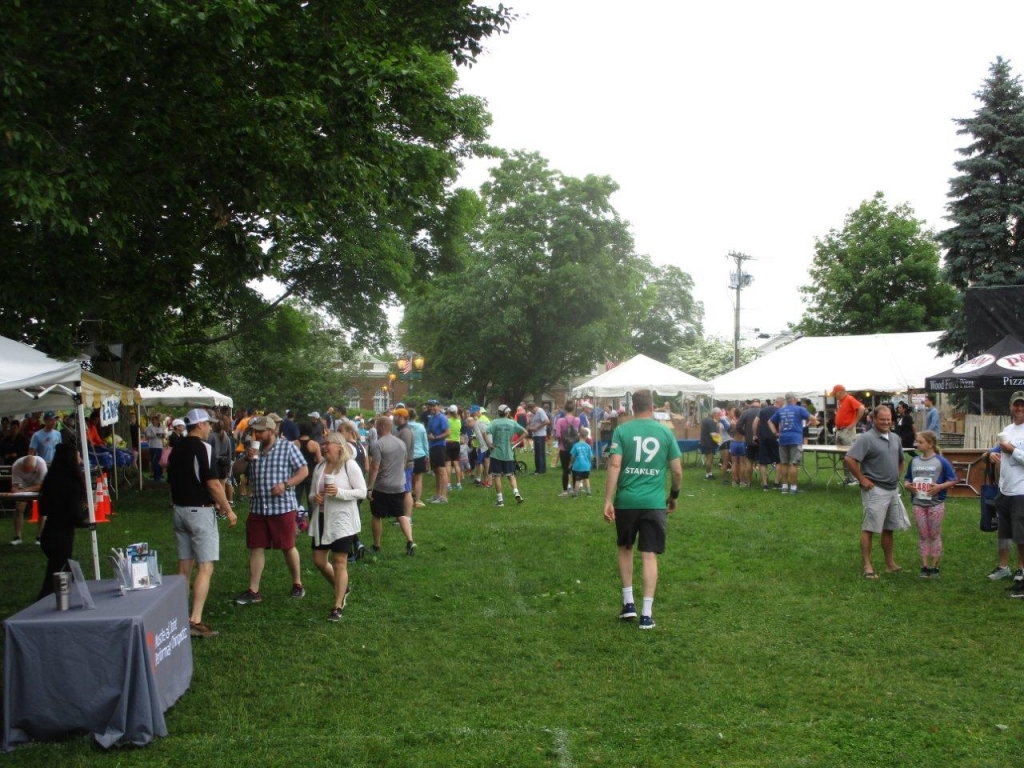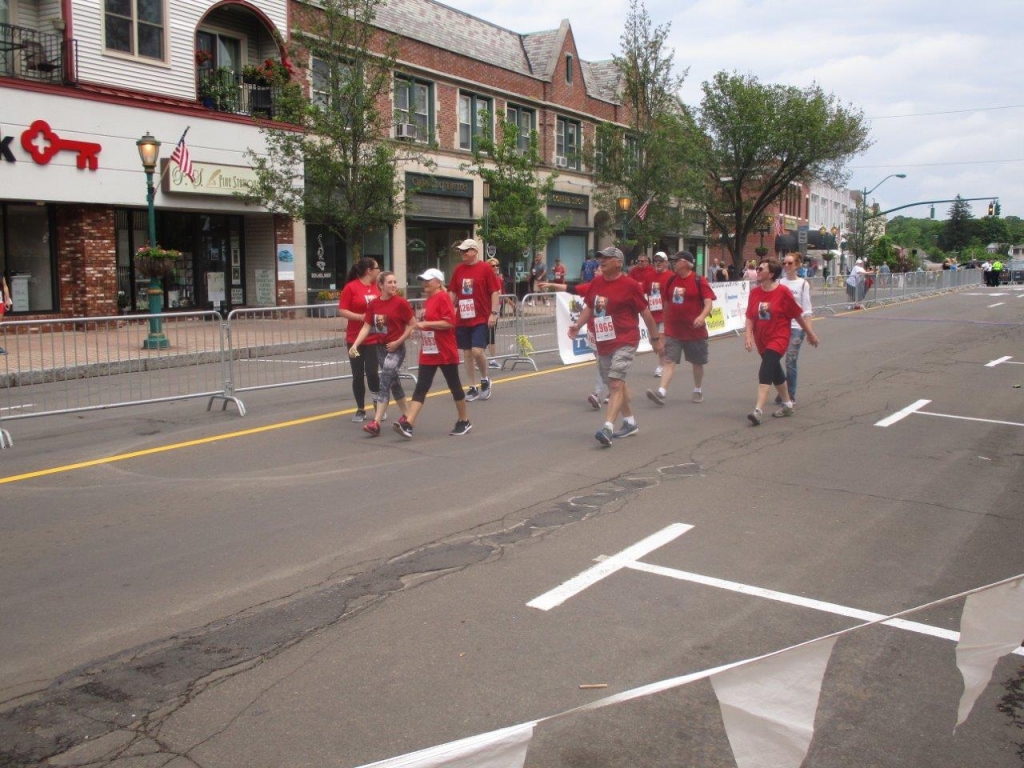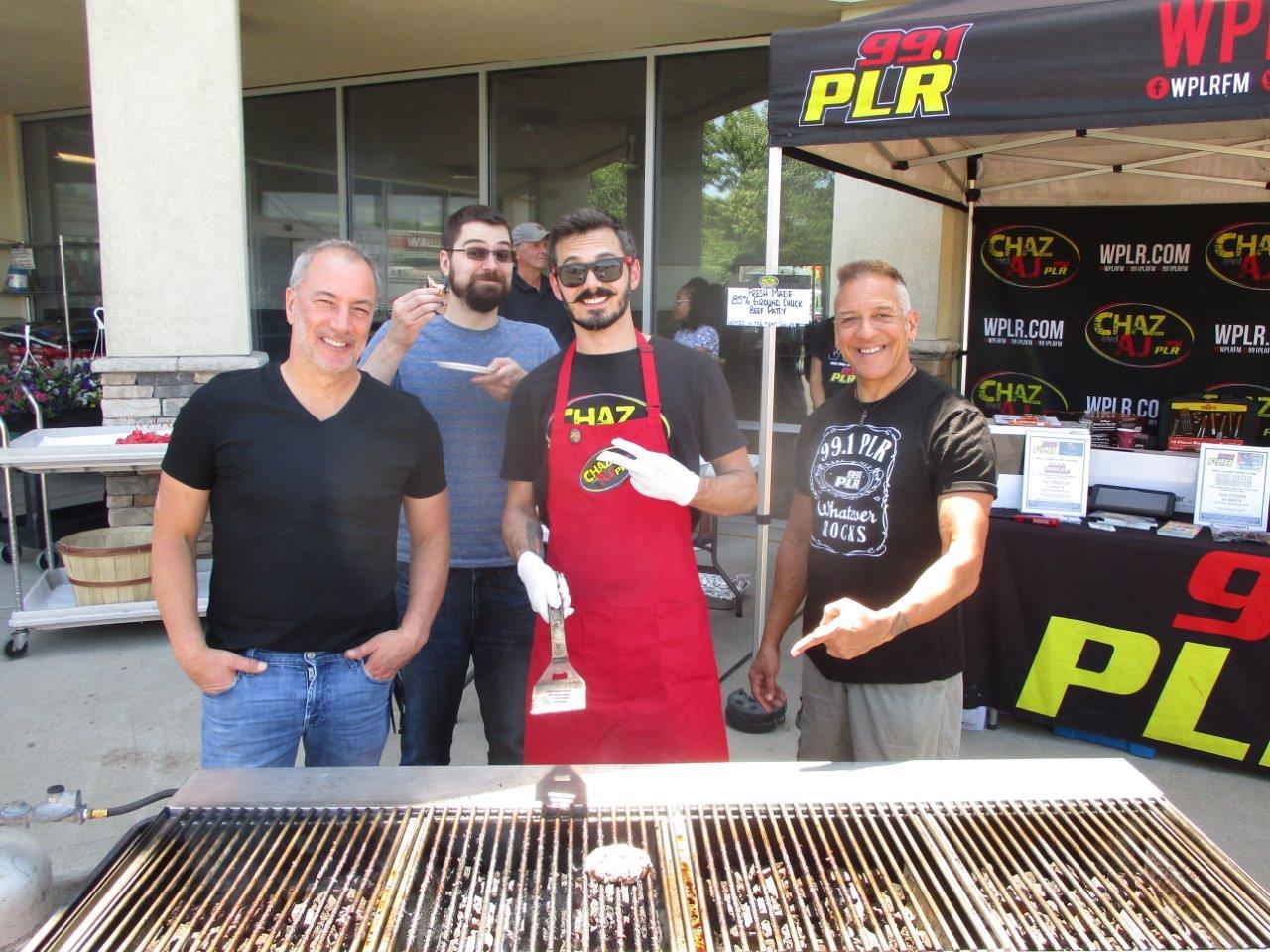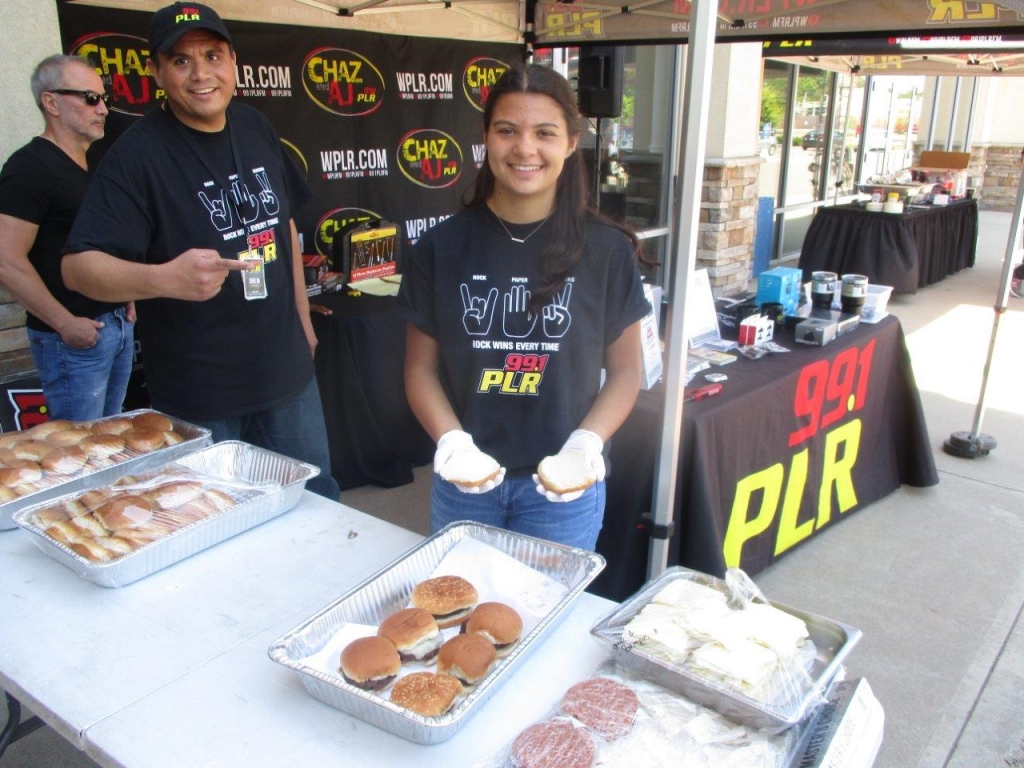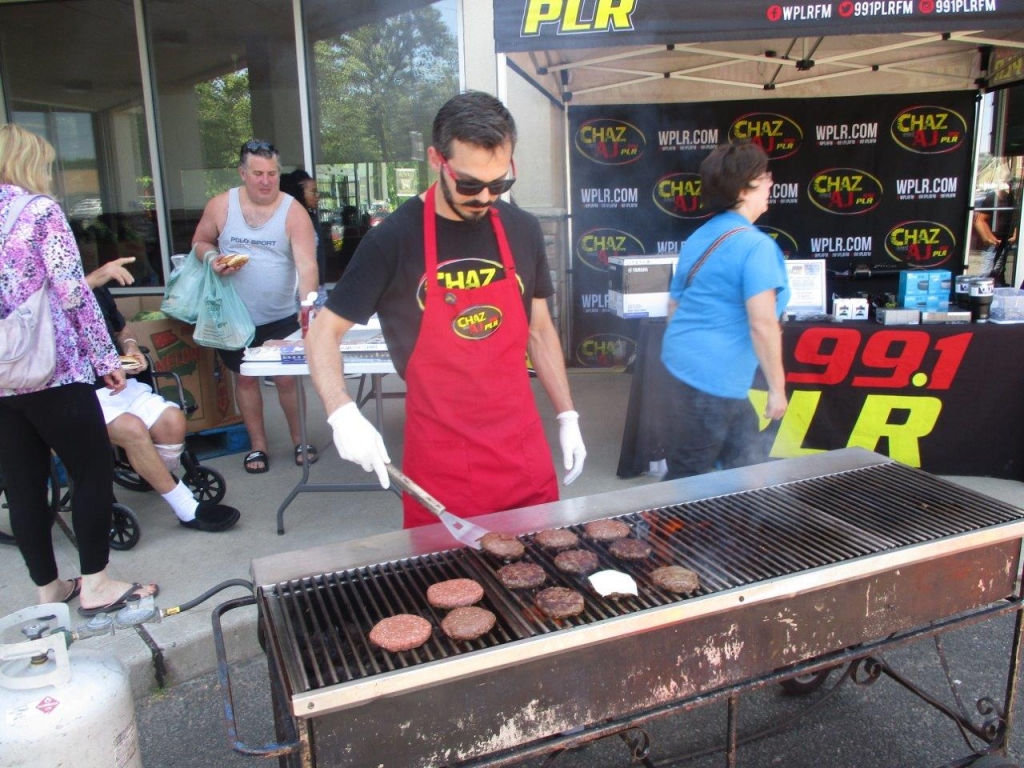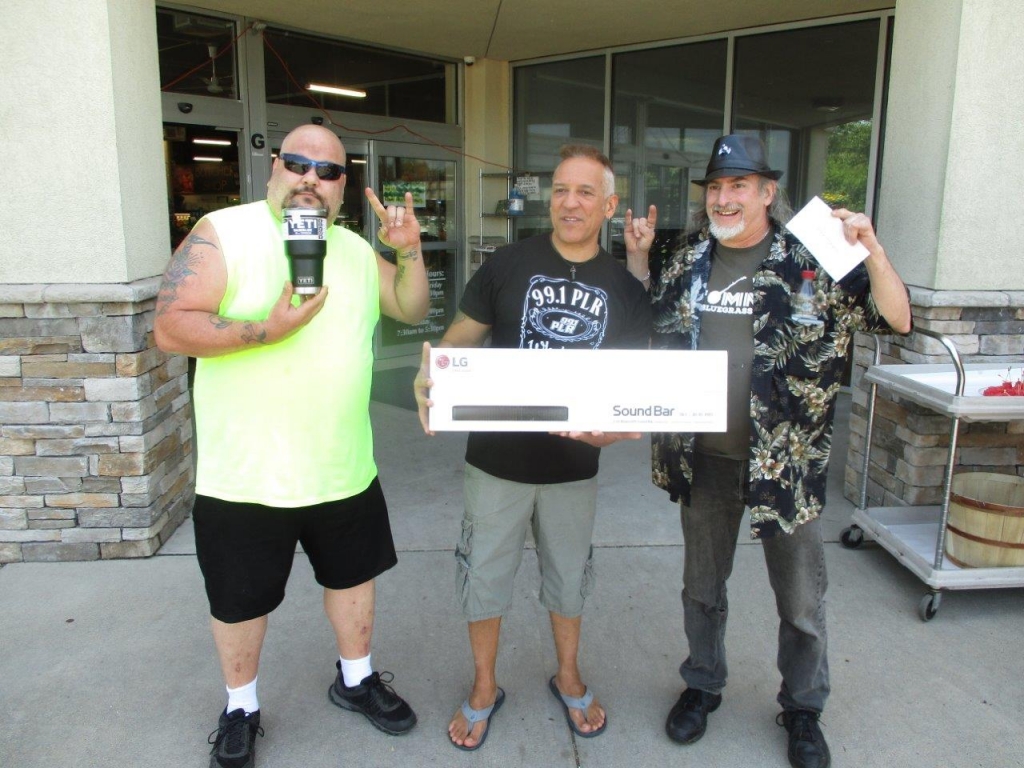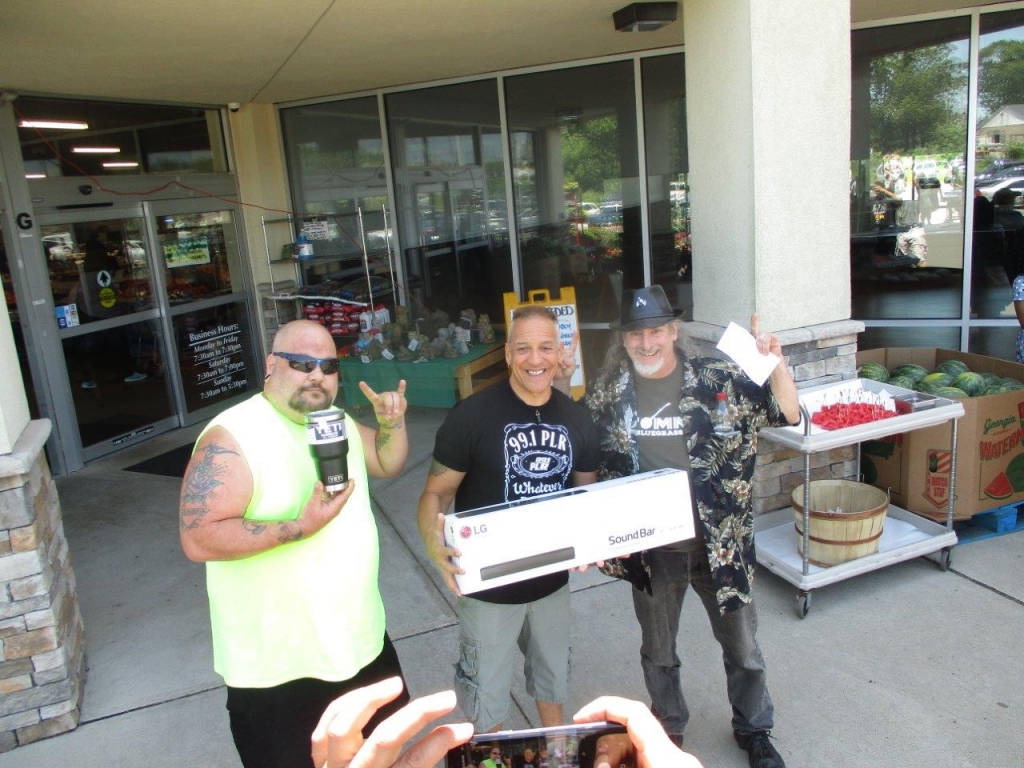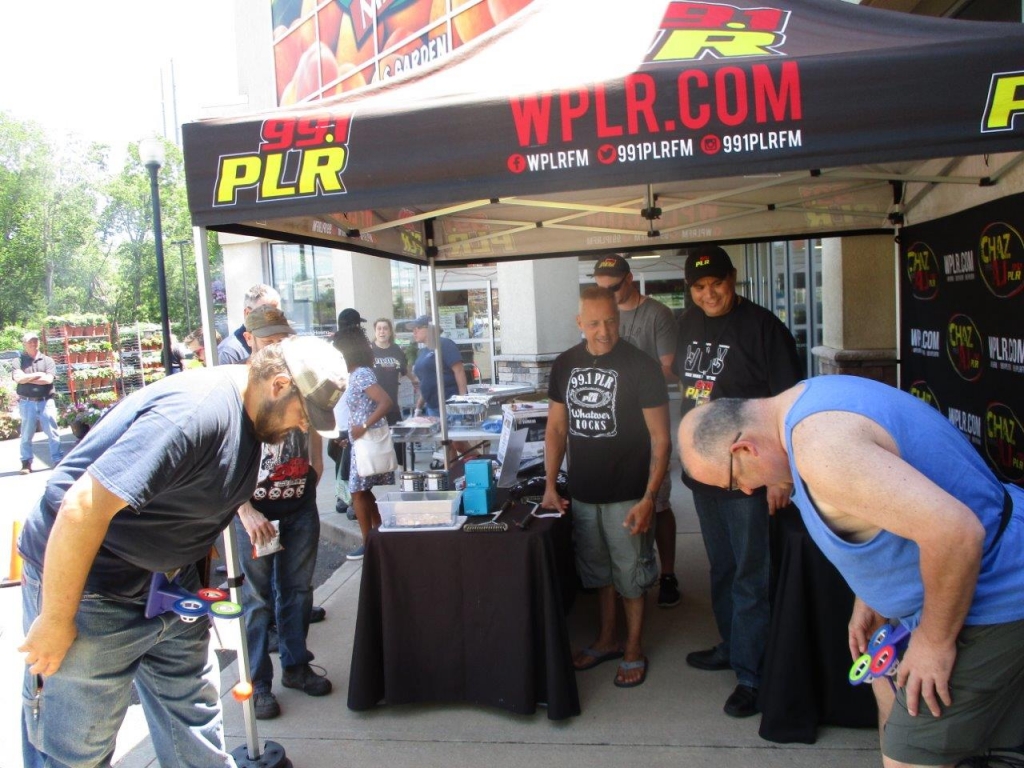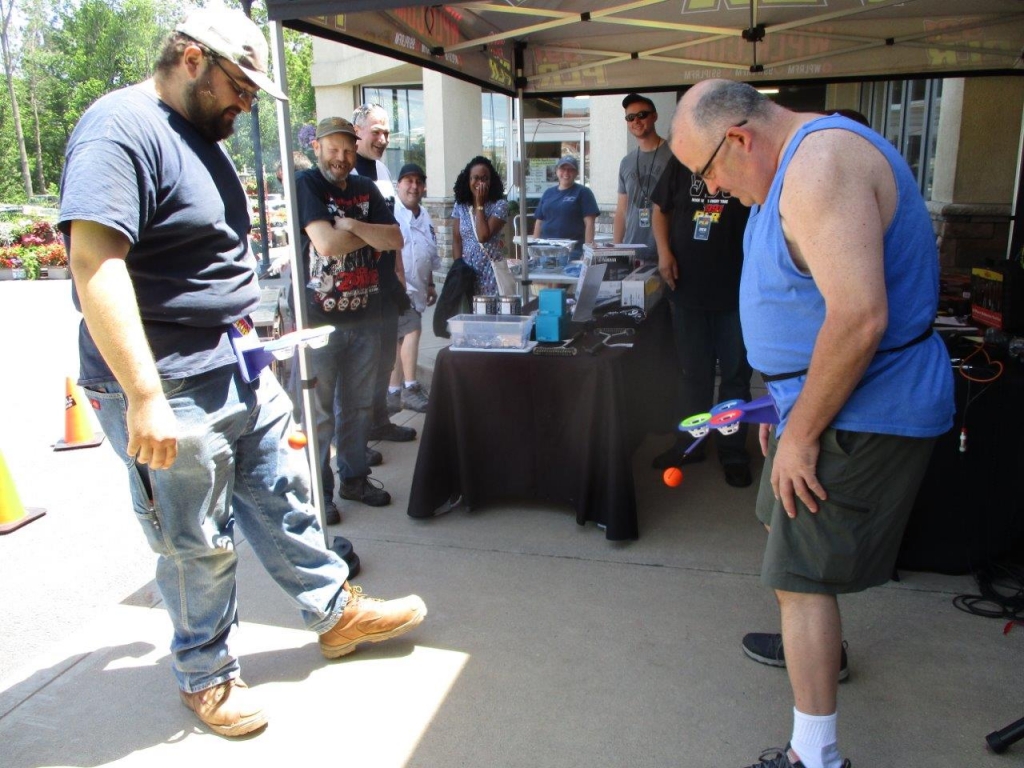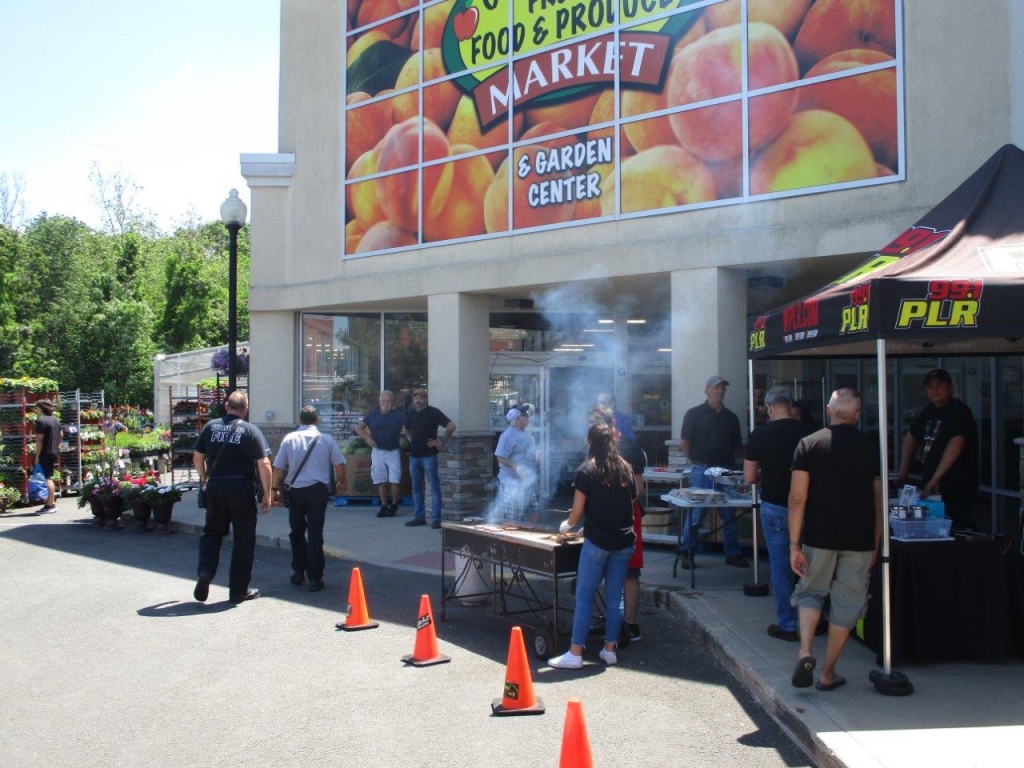6:00. We’re not sure how CT made it on the list…
6:13. Sports powered by Road Ready Used Cars.
6:20 – 6:40. Call in with your public service announcements to win tickets to the monthly meal at Brewport in Bridgeport. 877-764-2535
7:00. Governor Lamont becomes Captain Obvious.
7:13. Sports powered by Road Ready Used Cars.
7:20. Dumb Ass News. Live action goat role playing.
7:30. How did AJ do on his lie detector test?
7:40. Questions from the Tribe on the Facebook page.
8:00. “Facebook like criminal” turns himself in. What post got you the most likes?
8:13. Sports powered by Road Ready Used Cars.
8:20 – 8:40. Jimmy Koplik. Playing golf with celebs and Elton John movie.
9:00. The new Toy Story movie is out!
9:13. Sports powered by Road Ready Used Cars.
9:20. Dumb Ass News. Man donated toe so he can drink it.
9:30. Bob Leary in studio talking about Producing Rock of Ages. He donated the matching gift at the Veterans Gala.
